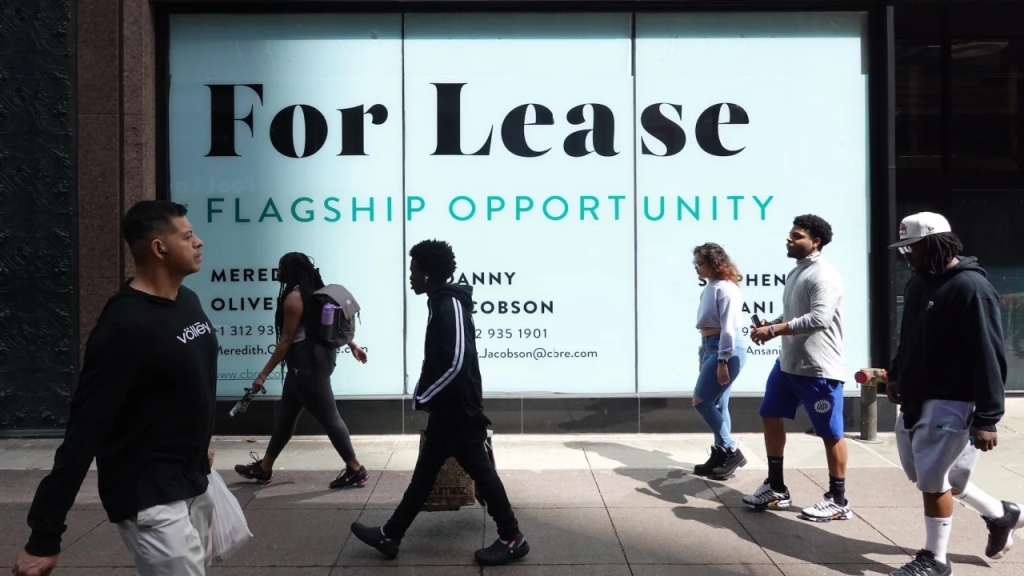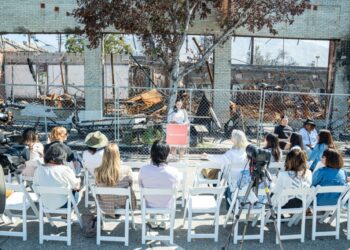By Nathaniel Meyersohn | CNN
Nordstrom. Walmart. Whole Foods. Starbucks. CVS.
These big chains and others have closed stores in major US cities recently, raising alarm about the future of retail in some the country’s most prominent downtowns and business districts.
Several forces are pushing chains out of some city centers: a glut of stores, people working from home, online shopping, exorbitant rents, crime and public safety concerns, and difficulty hiring workers.
To reinvent downtown retail, drastic changes may be required.
That means denser neighborhoods with a broader mix of affordable housing, experiential retail, restaurants, entertainment, parks and other amenities, which won’t happen overnight.
RELATED: Are the Bay Area’s largest downtowns caught in a doom loop?
“Once [these cities] become true urban neighborhoods, then you will find retailing start to come back in different ways and forms,” said Terry Shook, a founding partner at consulting firm Shook Kelly.
How policymakers remake their downtowns — with retail as a crucial attraction — will be crucial to cities’ fiscal health and regional economies.
A glut of stores
Some of those policymakers, including both Republican and Democratic leaders, have pointed to crime as a chief reason for the closures, following videos of brazen shoplifting incidents.
“We’re losing chain stores that are closing down. People who are being employed in those stores are losing their jobs” because of crime, New York City Mayor Eric Adams, a Democrat, said in February.
But the impact of shoplifting may have been overstated in some cases.
Walgreens said it saw a spike in losses, known as shrink, during the pandemic and cited organized retail crime in its decision to close five San Francisco stores in 2021. But it recently backtracked.
“Maybe we cried too much last year” about shrink numbers, a Walgreens executive said in January.
And instead of a strong correlation with crime rates, the closures…
Read the full article here







